NFTs explained, their role in the future of gaming, and why people hate them
NFTs are coming for your games, here's what you need to know about them
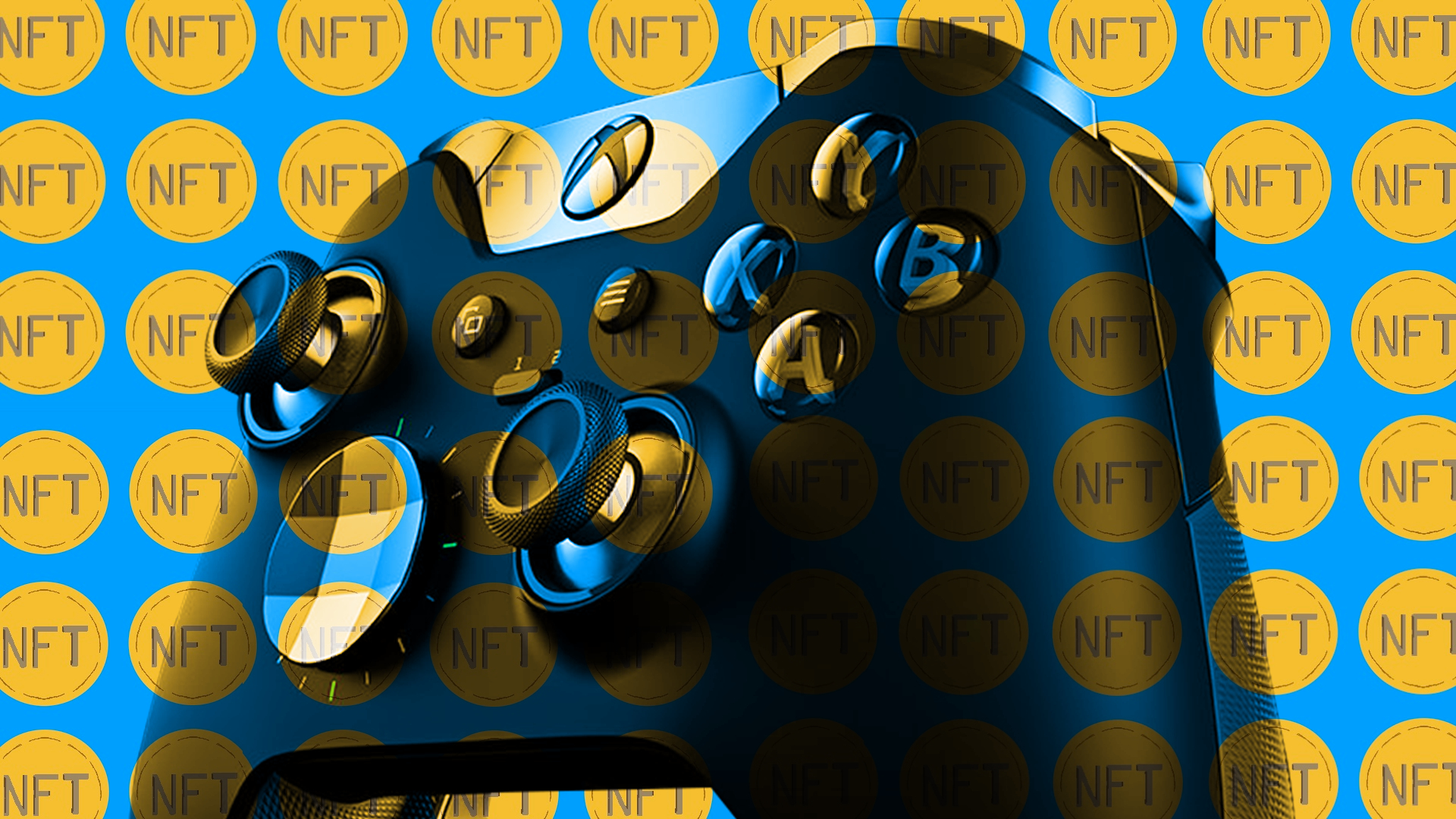
Maybe you've seen talk of Bored Ape NFTs online, and been baffled about the fuss over cartoon simians. Perhaps you've seen people on Twitter suddenly showing off weird, hexagonal avatars. Maybe you've heard NFTs are shaping up to be a major aspect of the 2022 gaming landscape, but what are they? And which game companies have jumped on the NFT bandwagon? Well, we're here with the ultimate NFT explainer, complete with industry analysis and more.
What are NFTs?
NFT stands for Non-fungible token. An NFT is just an electronic token that can’t be subdivided and has a unique serial number. Two NFTs, even if they tokenize the same thing (eg. the same gif), are still unique as long as they have different serial numbers.
Imagine that each NFT is a small box of data that contains a piece of code called a smart contract. For Art NFTs, the box contains a hyperlink to a URL of an image. Only the link is in the box, not the JPEG itself. But then what exactly is the point of owning an NFT?
That is the million-dollar question. In the real world, we have physical scarcity. We can all own copies of the Mona Lisa but only one person can own the actual original painting. But on the internet, there is no scarcity. Any piece of media can be infinitely reproduced meaning no one is excluded from the joy of the shared experience.
NFTs are a way to artificially impose scarcity onto digital goods and create online exclusivity. If things can be regarded as “unique” that means they can be scarce.
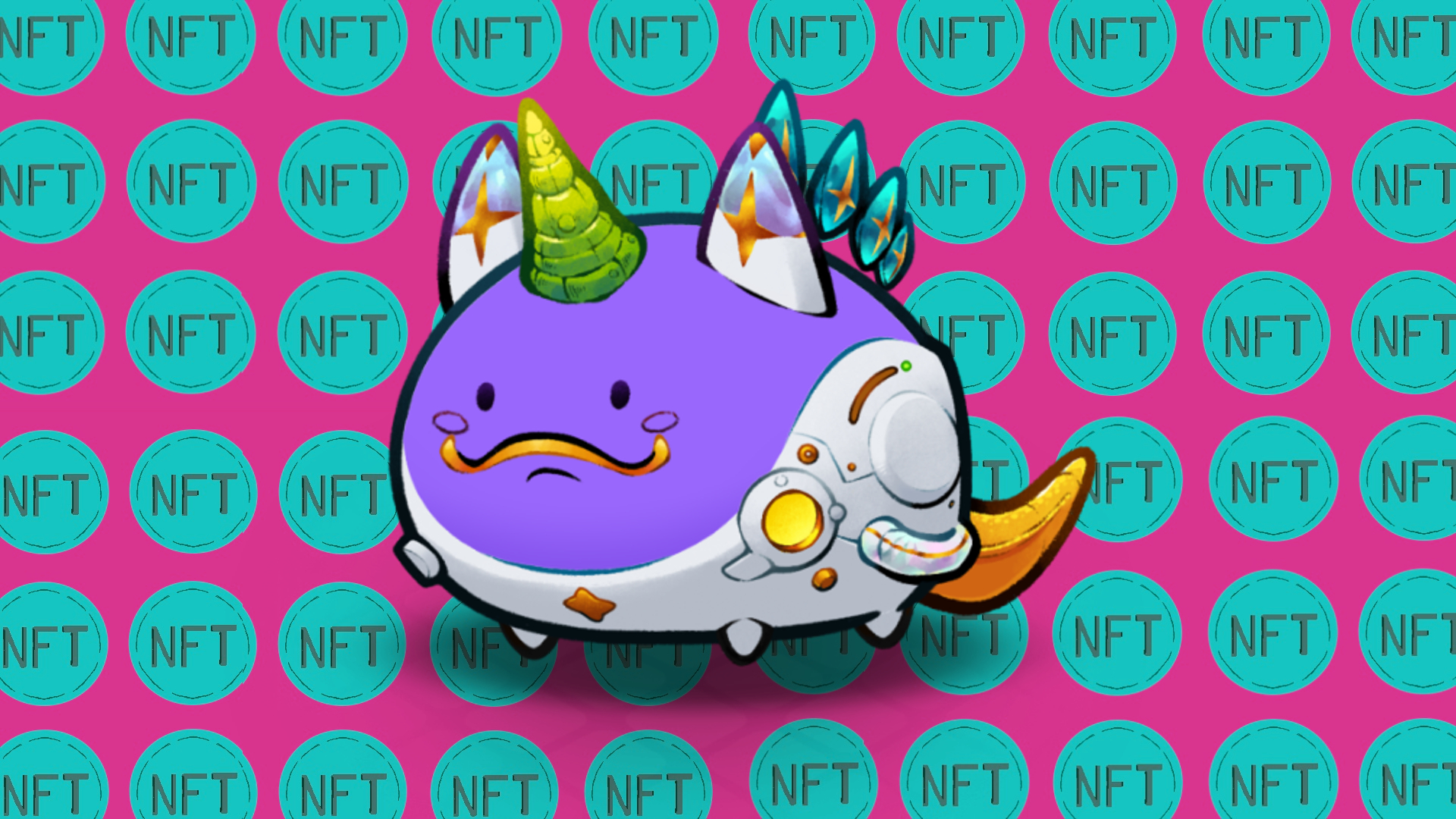
The only benefit to owning an art NFT is the social caché of being able to say that only YOU own the web link leading to Nyan cat (at least for now). Congrats, I’m so happy for you.
BUT, here’s the crazy thing: only the token (usually a weblink) stored in the NFT is unique and cannot be duplicated by others; the content the link leads to is still legally, infinitely reproducible. Anyone can right click+copy the content associated with any NFT to their heart’s content. With digital art, a copy is as good as the original.
Sign up to the GamesRadar+ Newsletter
Weekly digests, tales from the communities you love, and more
There’s also no way to stop people from changing or deleting what is on the other end of the link and if the URL stored in your NFT goes offline, you just keep a link to an expired site. Eg. Jack Dorsey selling an NFT of the first-ever tweet- if his account gets suspended, Dorsey decides to take the tweet down or Twitter ceases to exist, your NFT remains but it no longer links to the tweet you supposedly own.
NFT enthusiasts often argue that NFT ownership is a way to support creators. But anyone can make NFTs, even out of content that doesn’t belong to them meaning fakes and scams abound.
Many people are buying NFTs hoping they’ll be able to sell them for profit. They care about the speculative value: not what it’s worth to them but what it might be worth in the future to someone else. Buying NFTs as investments is a huge gamble because of the volatility of crypto (to which NFTs are inextricably tied) and because it’s impossible to predict which NFTs will become sought-after. It’s the beanie baby craze for the digital age.
NFTs with functionality
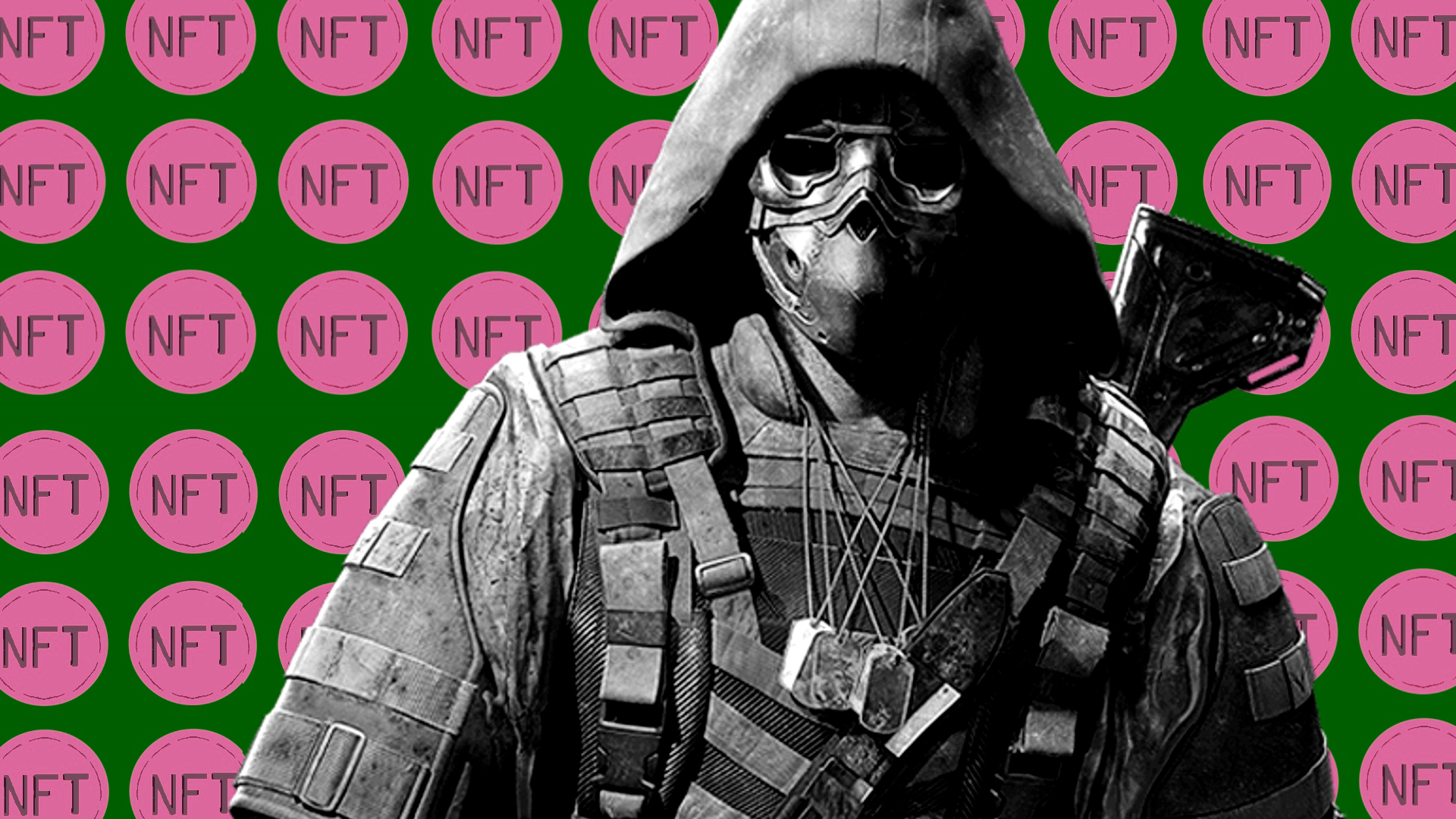
NFTs are not limited to just containing a URL link to an image or video. The smart contracts in some NFTs are being used to store updateable metadata like character stats or let users execute various commands meaning we might get simple games sold as NFTs. Some game devs are already trying this but NFT games present new problems. Updating, patching and fixing bugs in an NFT is extremely expensive and clunky.
NFTs are also being used as access passes to prove that the owner has the exclusive right to access a Discord server exclusively for membership NFT holders, or hypothetically a special VIP area in an MMO. These aren’t commonplace yet but a LOT of companies offering static image NFTs claim that they’ll add this functionality later.
As we’ve seen with live service games, the games industry doesn’t always follow through with content roadmaps. If you’re not buying the NFT for art’s sake, and the functionality you’re excited about isn’t there right now, you’re buying the promise that more content is coming.
Although each NFT lasts forever, there are myriad ways game devs could make the tokens unusable in practice (Look at the Squid Game crypto scandal). Any token used to grant access to a game could also be used to revoke it. Also because all NFTs are easily findable on the blockchain, it’s not impossible that the makers of one game could ban you from their game or secretly make it less rewarding for you because you have NFTs associated with another dev’s game.
Turning in-game items into NFTs
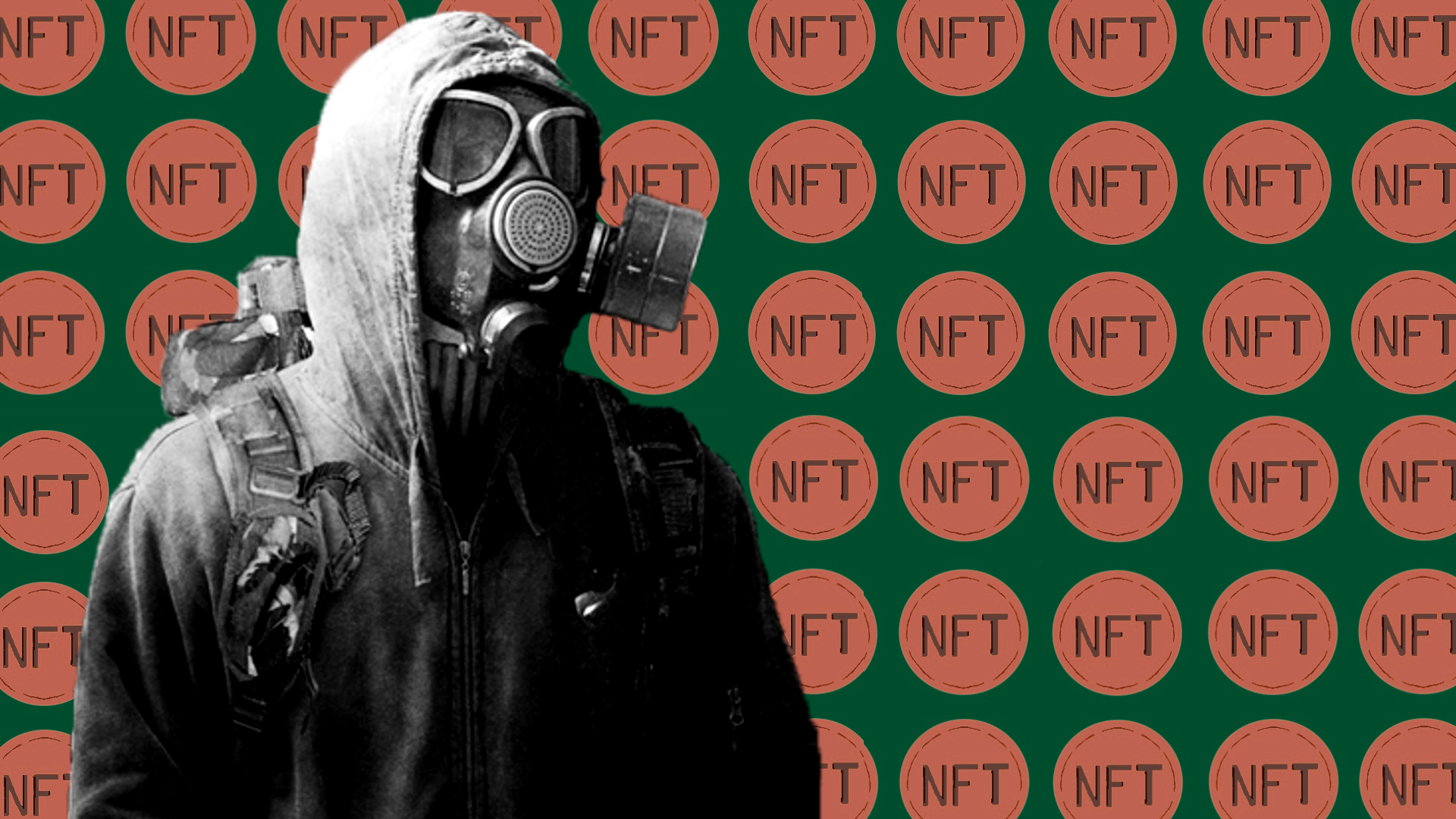
Some crypto-enthusiasts believe that making in-game items like guns or character skins into NFTs is the future of in-game economies; that NFTs will create true ownership with the ability to resell unwanted in-game items. Some even claim that NFT items or even characters would be transferable between games. It wouldn’t matter if Ubisoft shut down the Ghost Recon Breakpoint servers because you’d be able to use your NFT-based character, gun, or items in the sequel or maybe the new Far Cry.
Right now, this is a touch fanciful.
Having an NFT to say it's yours forever doesn’t guarantee the devs will let it retain its value in-game. Just because your NFT gun is amazing now doesn’t mean that game companies won’t nerf it in the future which is unfortunate if you were banking on being able to resell it.
It’s basically immutable ownership of horse armour.
And even if a company was willing to try, moving NFT characters from one game to another would be a logistical nightmare. Technology, art style, and game programming change over time. Animations, textures, hitboxes and character models would all need modification to work in a new game. Even transferring a skin between games run on the same game engine would be difficult. It’s also dependent on a game company continuing to make the same type of game. Transferable in-game item NFTs get even more complicated and costly when you factor in intellectual property rights for different games.
Some developers are beginning to see the potential for NFTs to shift how we think about game design. "Traditionally, we build a game and then from that game and what that game wants to do, we build items,” says one designer, who wishes to remain anonymous. “NFTs offer the opportunity to build items with the intention that they'll be usable across different games and then developers adopt those standards into their games."
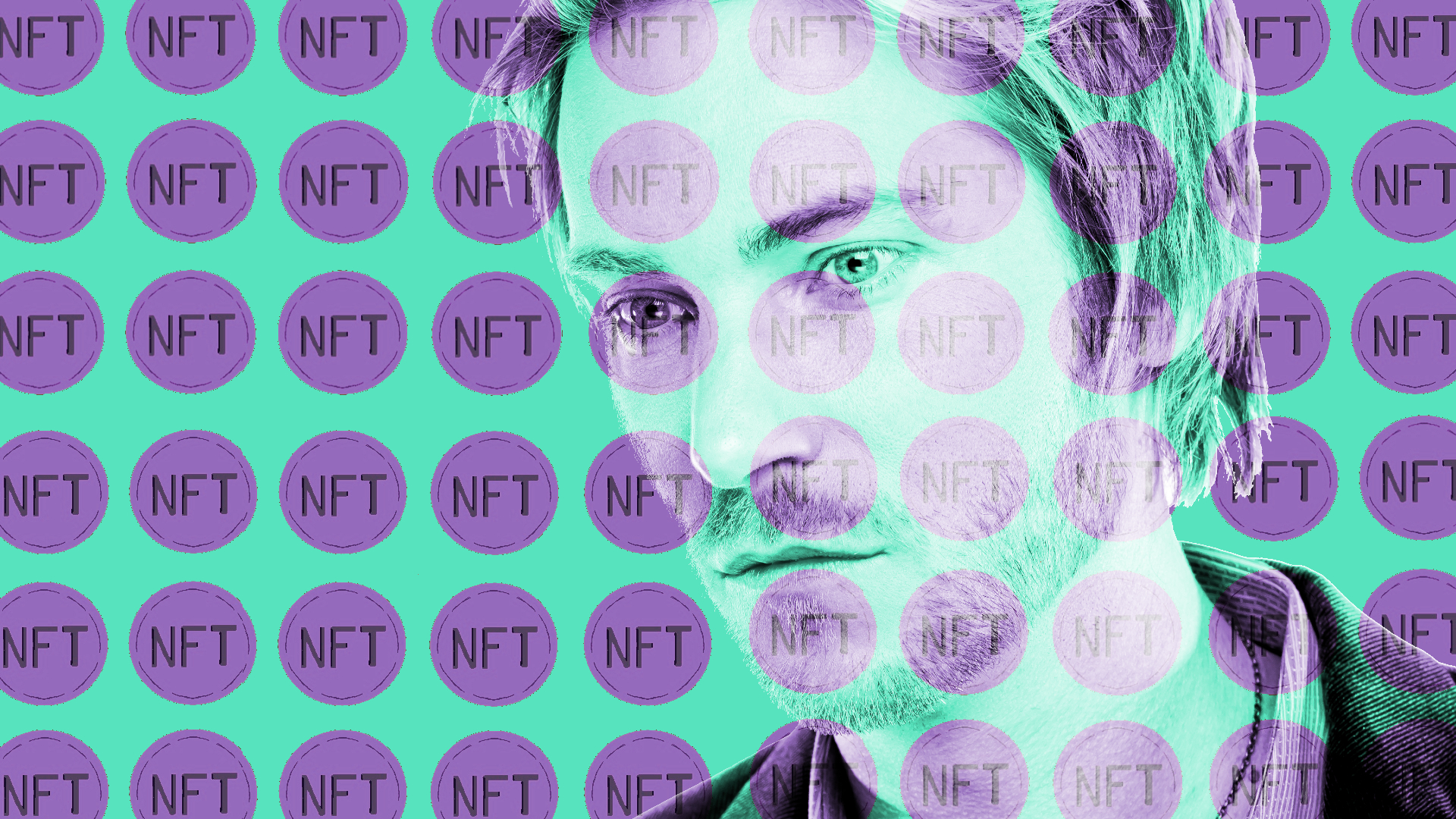
They cited the project Loot as an example. The creator minted 8000 NFTs with the names of traditional RPG items. He gave no guidance as to what each item should look like or even how they should function and instead allowed the community to grow their own interconnected projects, games, stories, and art around the NFT items. Whether this would be viable for the mainstream games industry remains to be seen but at least conceptually, this offers something interesting.
The game dev emphasised that NFTs are just one aspect of the broader crypto gaming space and that they weren't sure whether NFTs were going to be the focus of what crypto gaming becomes. They instead suggested that DAOs, guilds, and tradable in-game currencies were likely to play a much bigger role in the future of crypto gaming. They also suggested that the decentralised aspect of crypto gaming has the power to change the dynamics of and blur what it means to be a player, a game dev, a creator, and an investor in some types of games which could lead to much deeper relationships with the games than we can currently have as players. However as voice actor Troy Baker found to his cost, there is still a huge amount of resistance to the idea of crypto as a creative benefit.
What NFT projects have been announced in the gaming space?
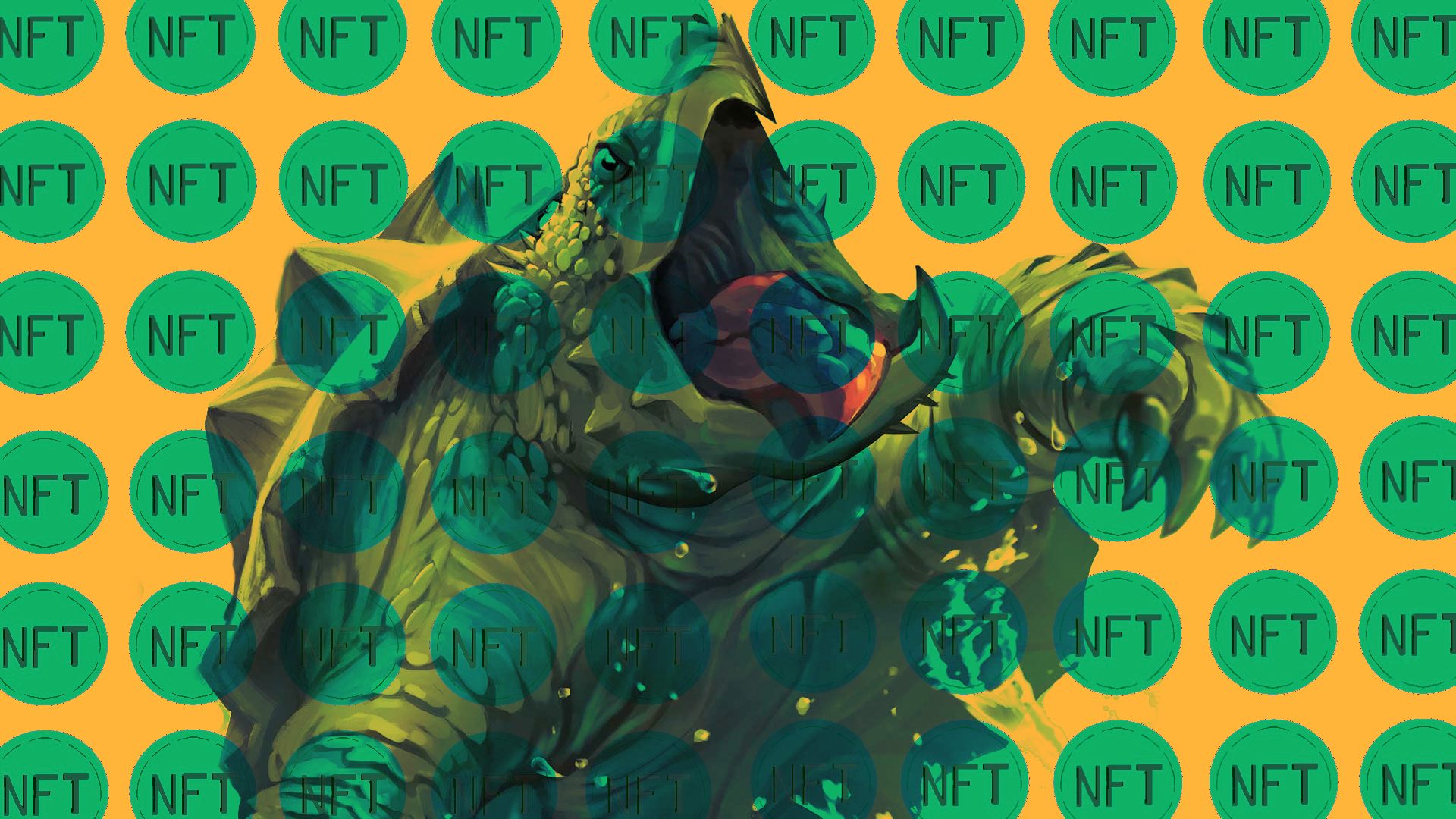
Although western AAA devs are yet to announce any games built around NFTs, NFT games have been made by smaller companies and are gaining popularity in the mobile gaming space. Central and Southeast Asia have been particularly receptive to NFT games where players are using these games as an alternative means of employment. Popular titles include The Sandbox, Gods Unchained, and DeFi Kingdoms. The most well-known title, Axie Infinity, is an Ethereum-based battler somewhere between the Hearthstone and the battling from Pokémon where each critter (called an Axie) is its own individual NFT with its own strengths and weaknesses. However, Axie was very recently the victim of an unprecedented hack resulting in an estimated loss of $625 million USD. The developers, Sky Mavis, announced that they are "working with law enforcement officials, forensic cryptographers, and our investors to make sure all funds are recovered or reimbursed" and will make changes to try to guard against future malicious attacks. The exploit has had a devastating impact on the players who rely on the game to make a living with many desperately appealing to the hacker to give back their lost cryptocurrency.
The fact that such a large breach has happened to the most popular NFT game raises questions about the financial security of blockchain games, their viability in the mainstream, and the safety net mechanisms in place to protect those who put their money and trust in an NFT game.
The fact that such a large breach has happened to the most popular NFT game raises questions about the financial security of blockchain games
Nevertheless, Ubisoft appears to be hailing NFTs as an opportunity for players to make their own money by reselling their in-game items when they're finished with them. They are the first AAA developer to establish a crypto platform, Ubisoft Quartz, where players can buy NFTs known as Digits. The only Digits released so far were cosmetics for Ghost Recon Breakpoint so they’re not adding anything to the gaming experience that couldn’t be achieved without NFTs. These NFT weapon skins were earnable through long hours of playtime or could be bought on secondary markets. But Ubisoft has since announced the end of development for Ghost Recon Breakpoint, and while they will continue to maintain the game’s servers for now, it’s unclear whether the NFTs currently owned by players will be usable in other games going forward.
The company has promised that this is not the end of its NFT plans and that there will be future NFT drops with other games but remains silent on the future usability of the Breakpoint Digits.
Ubisoft’s commitment to NFTs sparked anger amongst employees. A leaked memo explaining the blockchain to staff received scathing responses with one even commenting “Are we competing with EA for the ‘Most hated Game Studio by the public’ title? Because this is how you do it.”
Ubisoft has acknowledged the environmental damage NFTs could do and promised to use Tezos (a Proof of Stake blockchain) to ensure their NFTs are energy efficient but some of the projects by Ubisoft's Entrepreneurs Lab start-ups are still Ethereum-based such as the games Guild of Guardians, and Skyweaver.
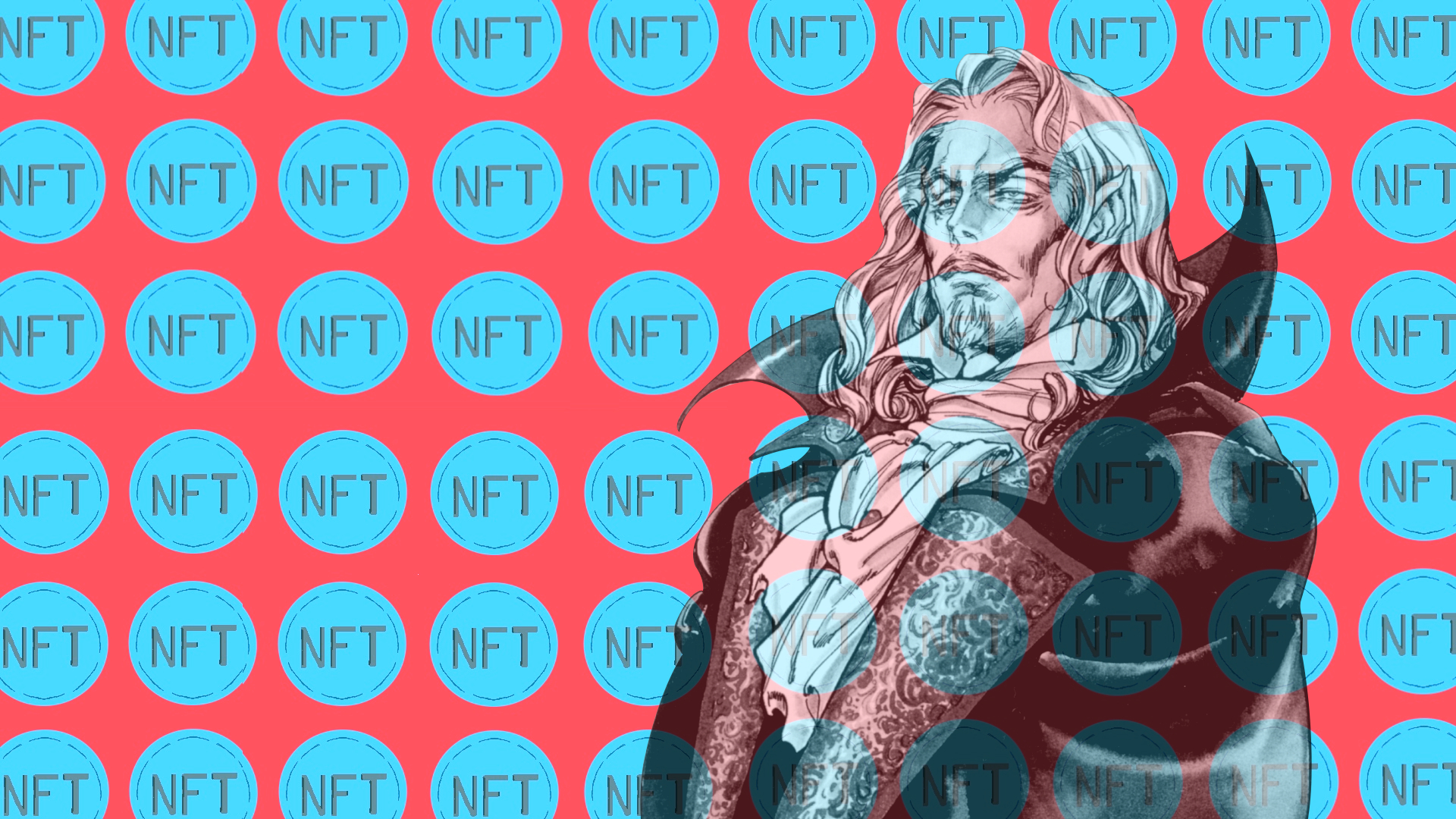
Konami released an NFT collection of art and gifs to celebrate the 35th Anniversary of Castlevania. Despite disdain from many gamers, they managed to sell all 14 NFTs for an average of $12,000 per meaningless database entry on Opensea. Apparently, Konami gets a huge 10% royalty if the current owners sell these NFTs.
The reanimated corpse of Atari rose from the dead to bring us the ungodly horror of loot box NFTs or GFTs as Atari calls them. GFTs were mystery image NFTs where players didn’t know which image their NFT was until the grand unveiling on February 28. They apparently sold out though there are plenty being resold by the original buyers on Opensea (an NFT marketplace powered by Ethereum). Atari claims that GFT holders will be able to use their GFTs to access a planned VIP club in The Sandbox, an Ethereum-based, gaming metaverse.
Team17 tried to launch a range of NFT art collectibles based on their strategy series Worms but drew such ire and vitriol from fans and game devs that they cancelled the project the day after its announcement. The NFT failure is the least of Team17’s issues now as the scandal led to employees speaking out about crunch times, poor wages, sexual harassment, and frustrations with management.
Similarly, the game studio behind STALKER 2 did a swift U-turn on NFTs, cancelling their in-game NFTs (which would have supposedly let owners become in-game NPCs) due to backlash.
Not all the major players are pro NFT. Valve made the decision to ban games containing NFTs from Steam, possibly to avoid the bad press surrounding NFTs. In contrast, rivals, the Epic Games Store, stated that they’re ‘open’ to NFT games.
Only time will tell whether NFT gaming will catch on in the mainstream or remain a niche interest. While the controversy rages, I doubt we’ve seen the end of solemn NFT project cancellations on Twitter. In the future, we may see some key industry players attempt to incorporate NFT guns that can be used in multiple shooters or NFT avatars that are transferable between different games. But, if Nintendo could make Miis transferable between consoles AND usable in Mario Kart all without the help of NFTs, then what do we as consumers stand to gain from the rise of NFTs?
If there’s one positive thing NFTs could represent, it’s a shift in game design ideology. It’s possible that NFTs and the decentralised blockchain herald the ceding of creative power to players. But the way the majority of games companies are approaching NFTs right now is doing nothing to convince skeptics that NFTs in gaming are going to be anything more than rebranded microtransactions with an inexcusable carbon footprint. There’s potential for interesting applications of crypto concepts to video games, but how ethically, sustainably, and effectively NFTs can be intertwined with gaming is a question the industry is yet to answer.
Why do NFTs impact the environment so much?
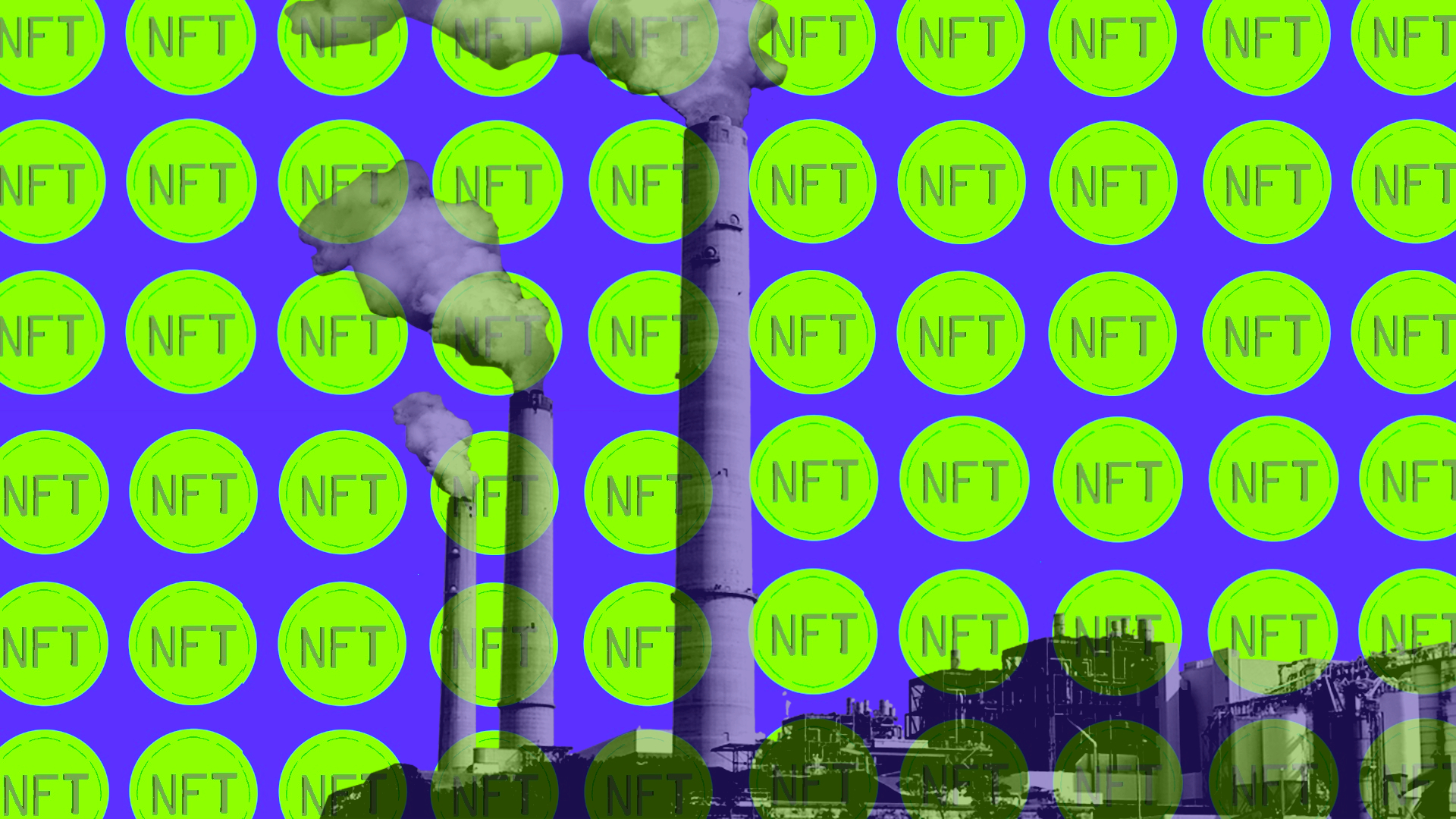
NFTs are all stored on blockchains. A blockchain is an un-editable record of data, usually transactions. Once an NFT is written into a blockchain (known as minting), it cannot be duplicated, altered, or destroyed.
The appeal of blockchain is that it’s decentralised (no one person owns/controls a blockchain) which stops people from illegally changing data for their own benefit. By storing the blockchain on everyone’s computers at once, each computer verifies that their copy of the blockchain is the same as everyone else’s.
The reason NFTs have such a bad effect on the environment is because of the way most blockchains verify new transactions. To check that a group of new transactions are valid, computers known as nodes race to solve arbitrary mathematical puzzles. Every time that your computer is the first to reach the correct answer, and the other computers agree it’s the correct answer, your group is introduced to the blockchain and you get some crypto as a reward. This is called the “Proof of Work” system.
This system works but it’s super energy-intensive and involves vast amounts of computing power which would not otherwise be expended. Since NFTs rely on blockchain technology, they use a lot of electricity and generate a huge carbon footprint. Ethereum, a popular blockchain that powers the NFT marketplace OpenSea, produces 7.70 metric tonnes of CO2 per year. That’s bad. So yes, NFTs have a significant and undeniably bad effect on the environment.
Video games are already responsible for a huge amount of electricity consumption. The large-scale adoption of NFTs in the games industry would drastically increase that energy consumption. Can gaming afford to do this when it contributes so much to climate change already?
In an attempt to make their NFTs more eco-efficient, some games companies, like Ubisoft, are planning to release their NFTs on blockchains with the less popular Proof of Stake system. Proof of Stake uses less electricity than Proof of Work because the node verifying each transaction block is selected at random. As there’s no race to solve each problem first, there’s less incentive to engage in a computing arms race.
Some NFT vendors are choosing to pay for carbon offsets, but this practice is problematic for reasons I won’t get into here.
Hannah is a freelance games journalist and researcher. She graduated with a law degree in 2021 and will start a PhD on the regulation of video game design this September. She lives for satisfying narrative-focused games, open-world RPGs, and oddball indie titles. When not writing or gaming, she can usually be found playing the oboe in orchestras across the midlands or desperately trying to keep her ever-growing collection of house plants alive.


